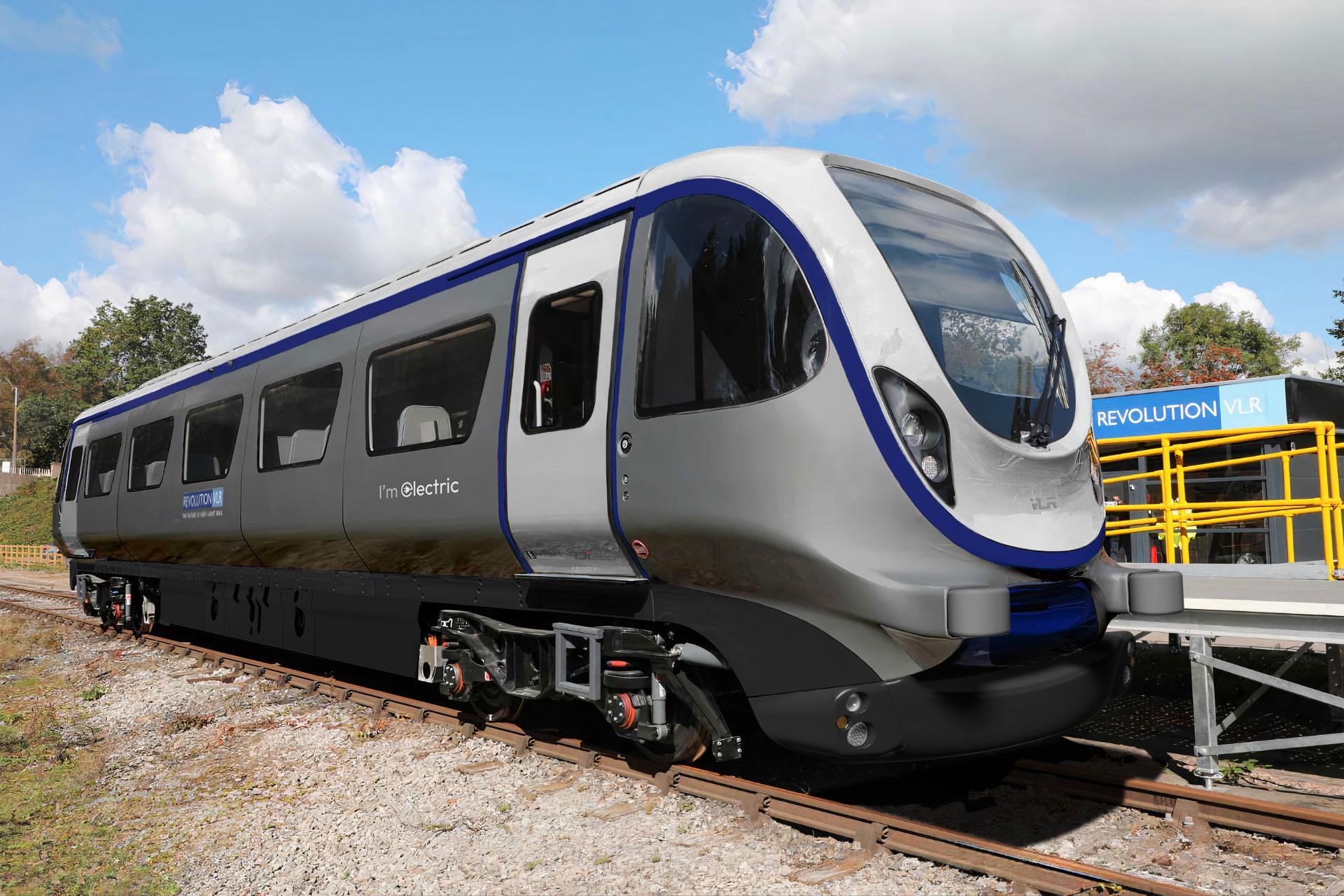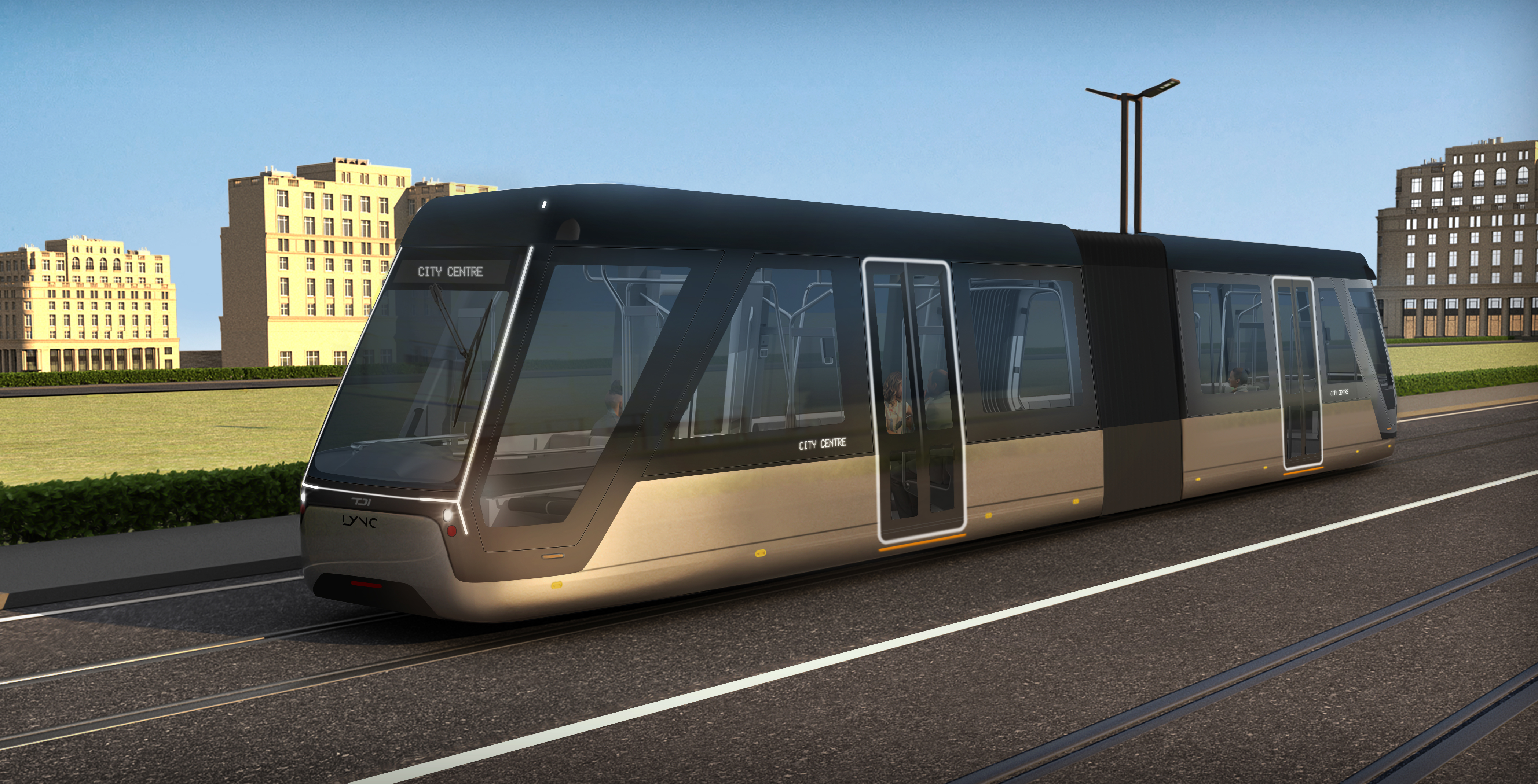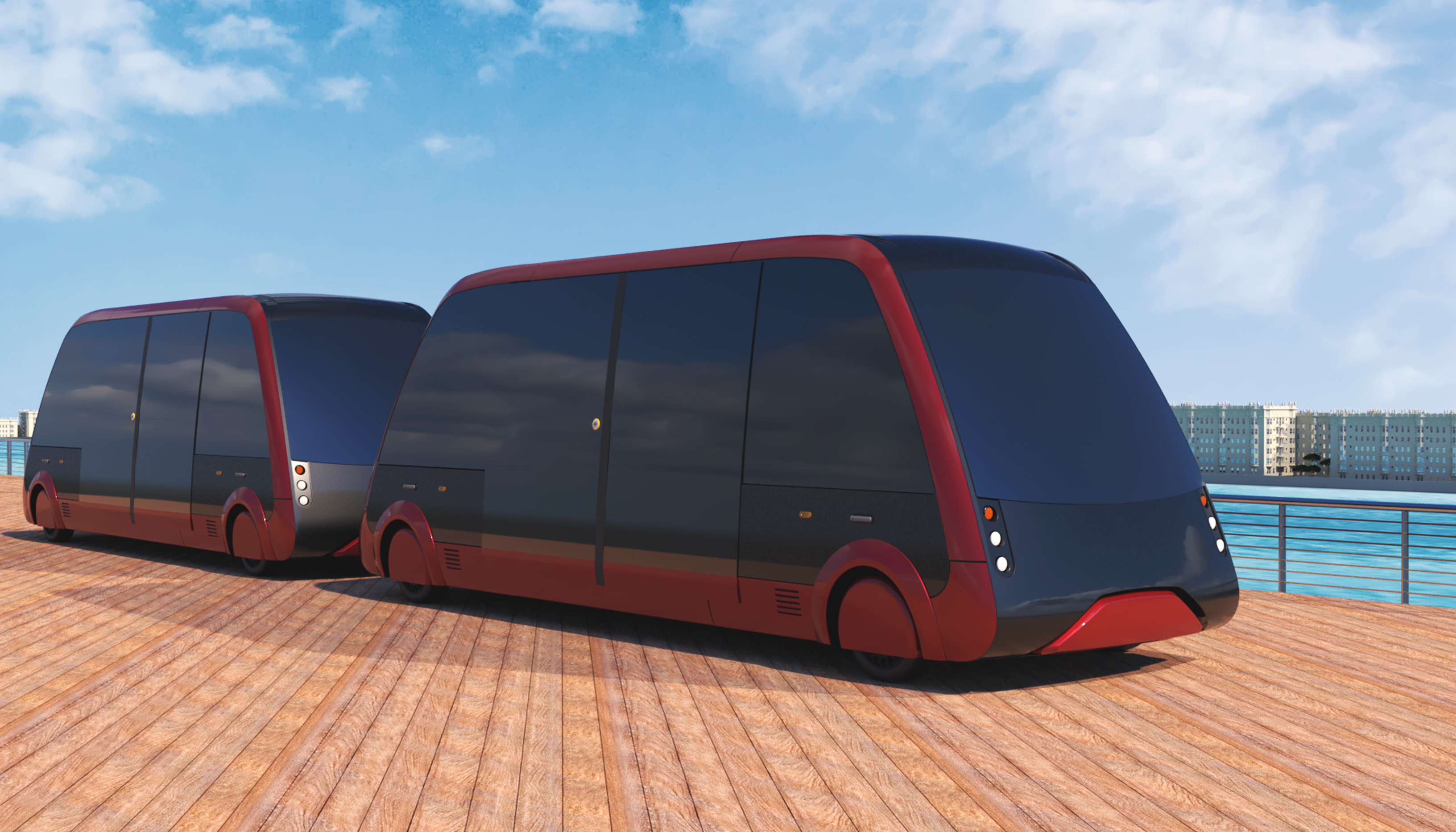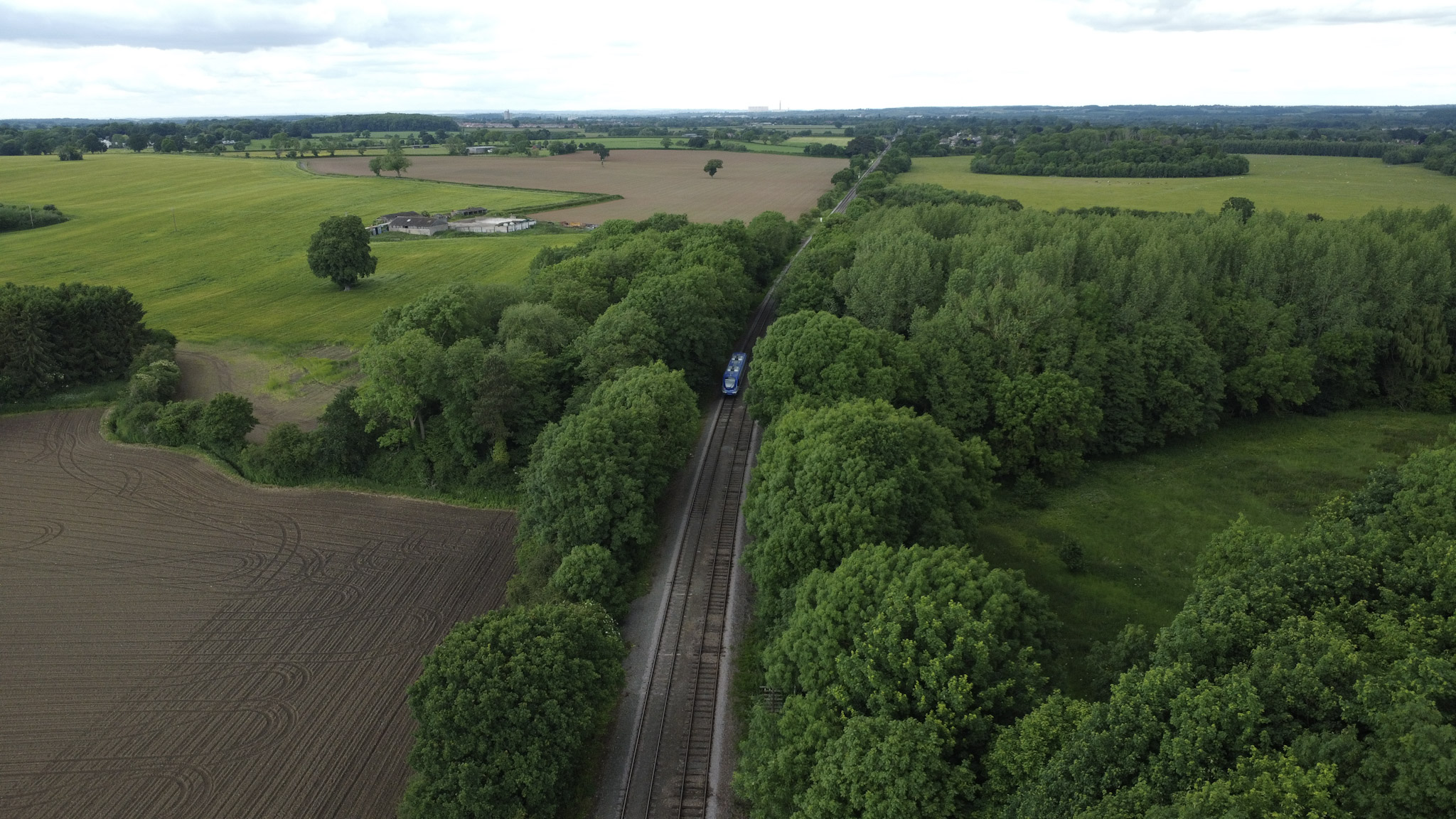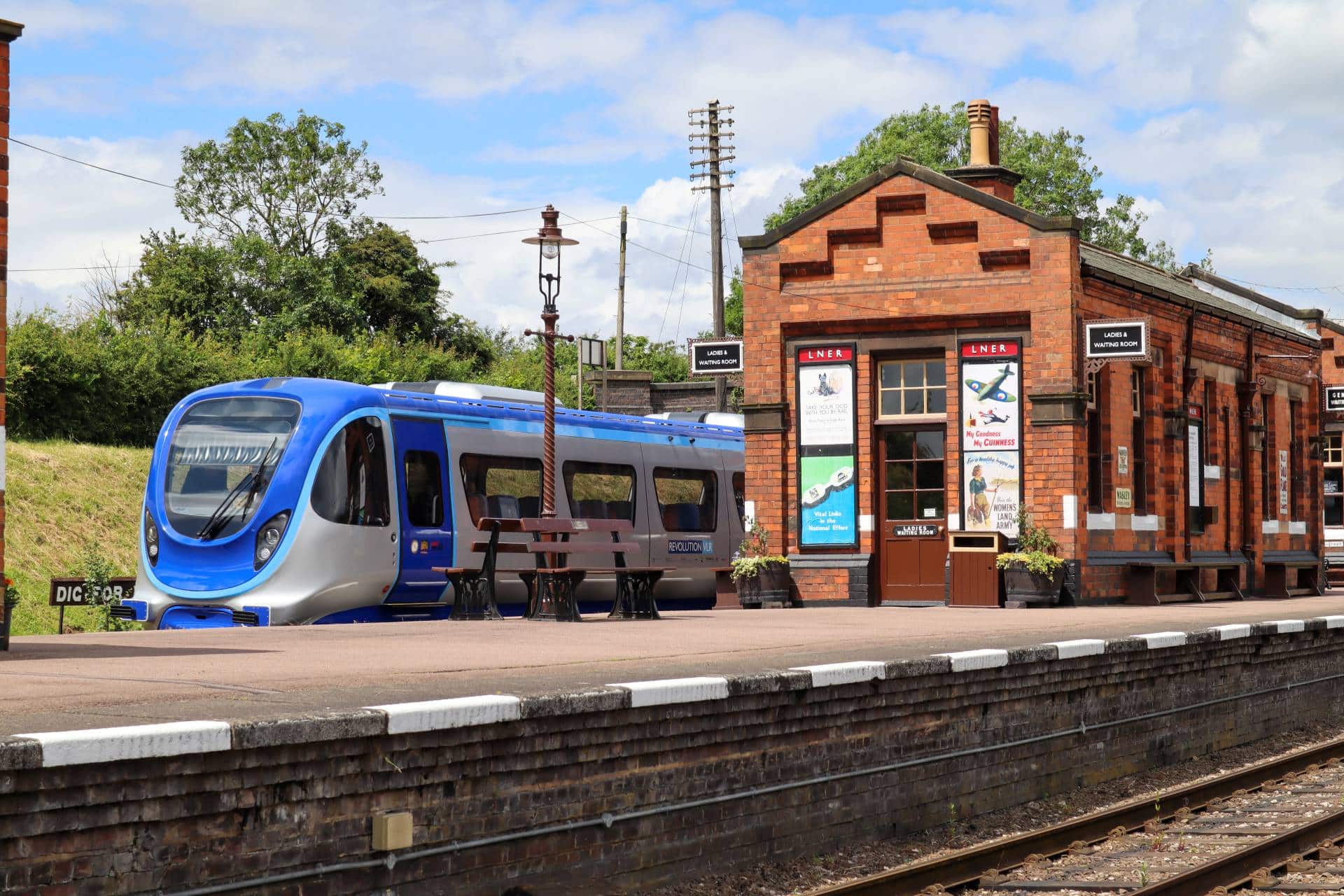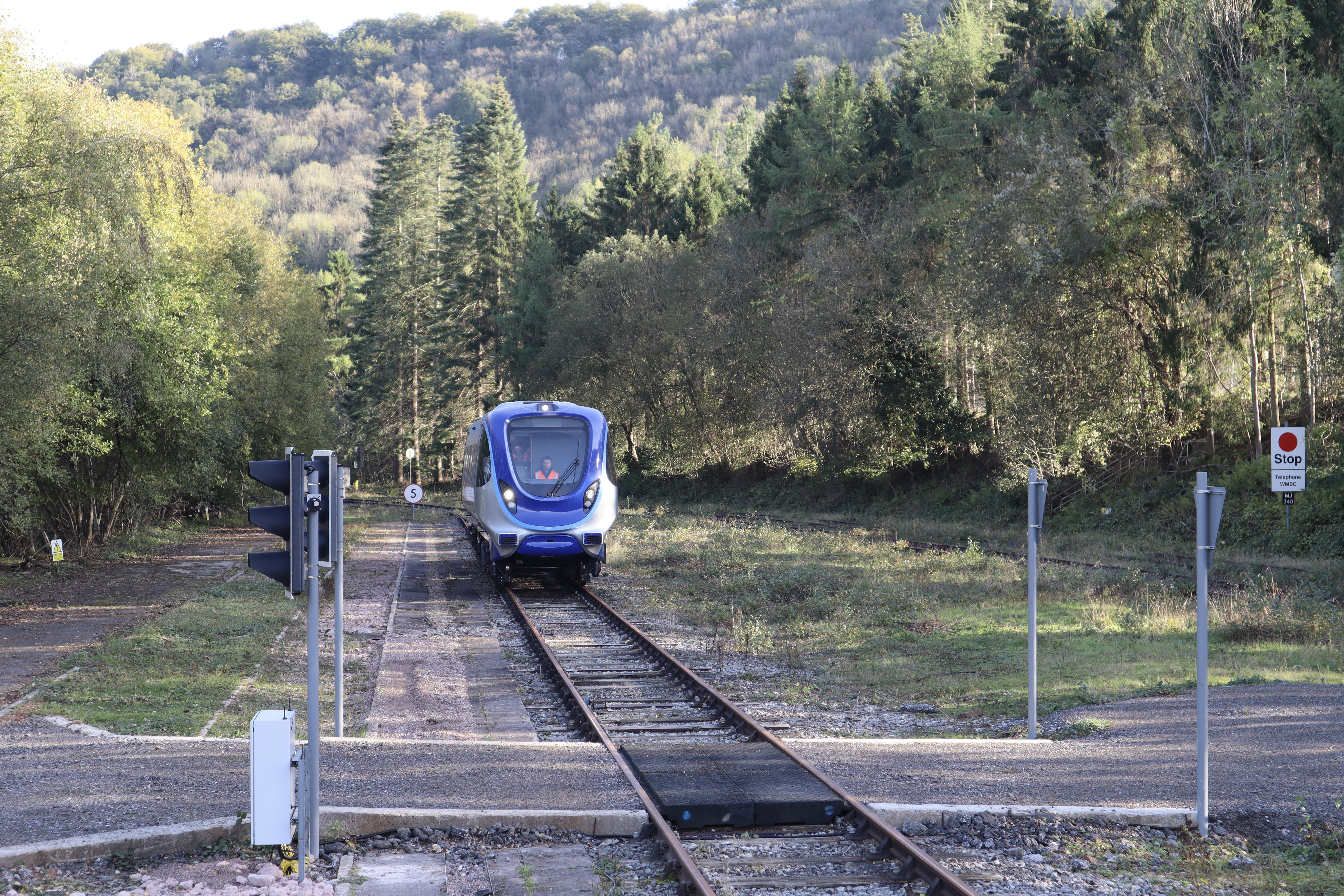Very Light Rail (VLR) is revolutionising the future of regional rail transport. Developed and championed by Transport Design International (TDI). VLR, designed to cost-effective be to build, faster to deploy, and greener to operate, offers a forward-thinking alternative to traditional heavy rail solutions.,
Traditional Rail vs. Very Light Rail
Unlike heavy rail, which requires deep track beds, extensive civil engineering, and high-energy usage, VLR systems rely on lightweight vehicles, up to 40% lighter than conventional trains/trams. This allows for more affordable, less disruptive, shallow track system installation on new schemes, particularly in built-up urban areas without the need for overhead catinery.
But perhaps more significantly, it makes the utilisation of existing track on the rail network more viable for adoption for community-led rail. This makes VLR ideally suited for underused branch lines and rural areas where mainline rail solutions are impractical or uneconomical.
Light Rail vs. Very Light Rail
What makes Very Light Rail (VLR) different from traditional Light Rail is its fundamental focus on weight reduction, modularity, and infrastructure adaptability. Light rail systems are associated with urban tram solutions and, due to their weight, still require substantial civil works and embedded tracks and overhead catinery, which are both costly and disruptive to implement.
In contrast, VLR vehicles are significantly lighter, thanks to advanced materials like recycled carbon fibre composites, which enable them to operate in urban environments on prefabricated track, which is cheaper and less intrusive to install. This is a huge financial advantage over comparative Light Rail alternatives.
Perhaps more crucially, VLR can operate on existing disused rail corridors and is perfectly suited for the cost-effective reinstatement of these rail lines. The lightweight nature of the vehicles dramatically lowers the capital costs of restoring and updating existing parts of the rail network. VLR supports the economic case for reopening community-led rail services across the country.
The Revolution VLR Platform
At the heart of TDI’s innovation is the Revolution VLR, a 19-metre-long, 56-seat railcar that embodies low-carbon design. With a bodyshell made from recycled carbon fibre and bio-derived resins, the Revolution vehicle is much lighter than traditional equivalents. Powered by battery-electric propulsion, it delivers zero-emission performance and low lifecycle costs. This has been designed and built to operate affordable, last-mile solutions in rural and suburban areas, linking satellite communities with mainline services in towns and cities.
TDI & CVLR
The Coventry Very Light Rail (CVLR) represents a real-world demonstration of VLR’s transformative capability. The project has been trialling in Coventry City centre through May and June 2025, offering residents a chance to experience the technology first-hand. This is a flagship example, targeting infrastructure costs of just £7 million per kilometre, which is significantly lower than the typical cost of urban metro systems. For example, the Birmingham Westside Metro extension cost approximately £84 million per kilometre (1), compared to the Coventry Very Light Rail’s targeted cost of £10 million per kilometre (2) – highlighting the dramatic cost efficiency VLR offers over traditional tram systems.
The CVLR project is not only a proof of concept for the UK, but also a model for export and an opportunity to scale British innovation globally.
Why Invest in VLR?
Very Light Rail offers far greater efficiencies and emits up to 80% less CO₂ per passenger-kilometre than road-going vehicles. VLR’s ultra-lightweight vehicle platforms, enable more frequent, energy-efficient services, helping towns reduce traffic, pollution, and carbon emissions. With modular manufacturing and recyclable materials, VLR supports circular economy principles.
Read in detail in our last article here.
A Smarter Future in Motion
TDI’s VLR vehicle platforms, Revolution, Lync, and Orbit, are shaping the future of sustainable transport. With passenger trials starting as early as 2027 for the Revolution VLR Pre-Series, the VLR movement is accelerating.
The science is simple: less weight = less cost, less energy, more flexibility. TDI is proud to lead this rail revolution, paving the way to cleaner, smarter, more connected communities across the globe.
Source:
